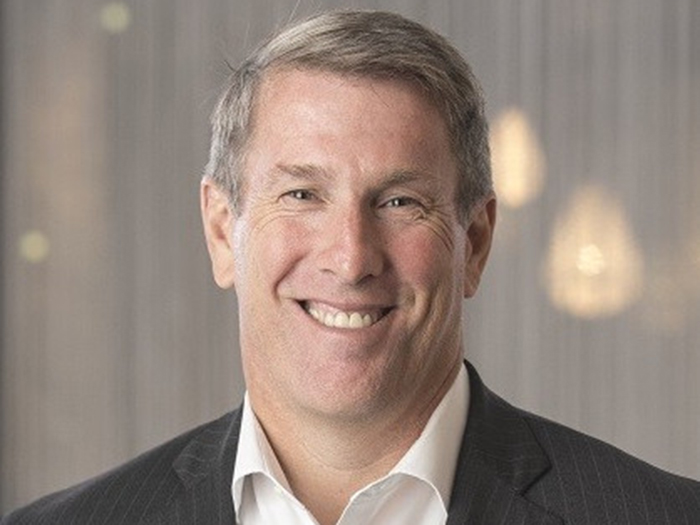Opinion | Short-Term Shelter-In-Place Beats Long-Term Calamity
We discover a new contagious killer virus. What does risk management tell us to do? Contain it. By quickly identifying and isolating the sick, we cut off the virus’ ability to spread. From this relatively small pool of people, we do our best to treat the sick, some recover and sadly some we bury.
But we bury the virus with them. Game over for the virus.
Containment was how the 2003 SARS outbreak ended.
But, now, how will the novel COVID-19 outbreak end? Containment at the outset did not work. That horse left the barn.
Now the virus remains free to move from person to person without restriction. Moreover, this stealthy virus conveniently hitches rides undetected in people for many days, never letting its hosts aware to the fact they were being used to spread its lethal offspring.
Now what is left to do?
Hide from it. Our sole intention should be to make it hard for this virus to find us.
At its basic form, we are all playing a global game of hide-n-seek. But in this instance, the game is severely unfair and unbalanced.
This game allows the one seeking to be invisible and to multiply by the thousands daily.
However, if we hide well enough, we do buy ourselves some time. All our imposed sweeping public health measures from COVID-19 are aimed at slowing viral transmission and buying us time.
It buys time for more predictable access to care, treatments and maybe even a vaccine.
Epidemiologists see the slowing of a virus’ ability to spread to new people over time as “flattening the curve.”
By now, we all have heard this expression. Risk managers too use tidy curves like this and distributions every day. We ought to all understand and explain what curves, statistics and expressions like this mean. But based on some of my recent conversations, I really wonder if we, in fact, do know what it means and where information like this leads us.
When we “flatten the curve,” we slow down the transmission of a virus.
That’s it.
By no means does a flattened curve mean we lower the number of people bound to get infected with the virus. Likely millions of infections will happen, but they do not have to happen all at once.
A flatter curve assumes the same number of people will ultimately get infected but over a staggered and longer period of time.
Simply put, it is not a matter of whether we catch the virus, it is a matter of when.
Does everyone realize that?
Even under a flattened curve, a version of our hide-n-seek game still needs to be played. Leaving our hiding spots prematurely only makes it easier to get spotted by that many more viruses and ends the risk mitigation game altogether.
We already missed the early containment window to rid ourselves of this deadly menace. We owe it to ourselves to give the isolating hide-n-seek phase a real good effort. If we give up too soon, all our efforts are for not. If we allow COVID-19 to keep spreading at high-transmission rates, we leave only one winner: COVID-19 becomes endemic.
Hiding is hard, even unnatural. But let us continue to give it a real honest go. Let us buy that precious time to figure this out. It will be worth it. All our sacrifices are relatively short-term pains intended to leave behind lasting, lifelong gains. &










